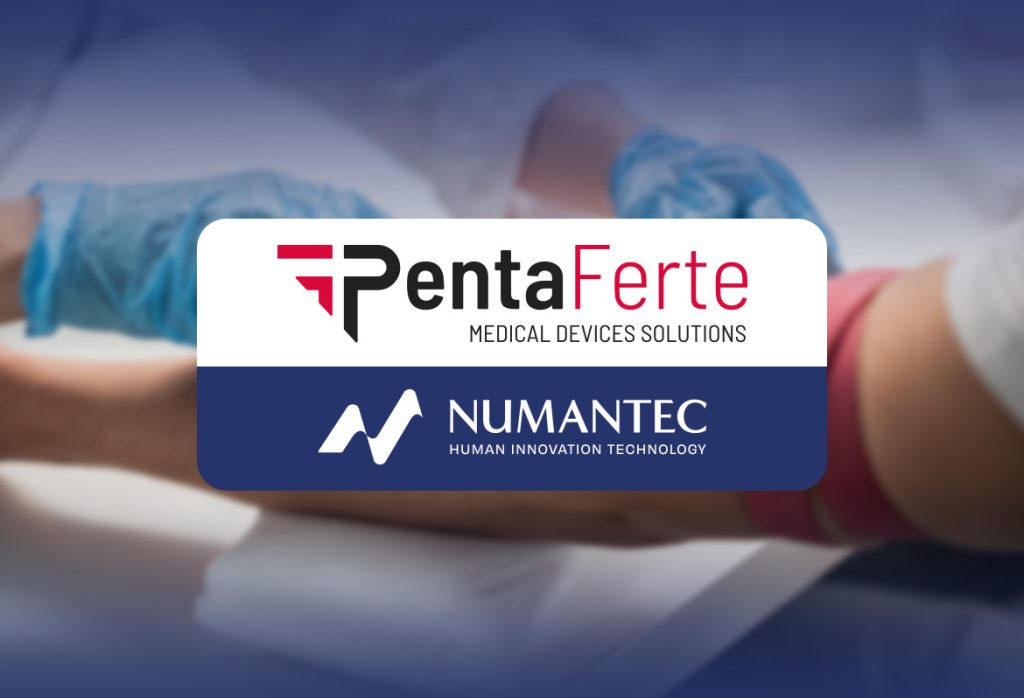Belonephobia is a pathological fear of needles, pins, and syringes. This condition affects approximately 10% of the world’s population, making it quite common. To address this issue, it’s important to gain a better understanding of the various uses and applications of syringes. This knowledge can help alleviate the fears of individuals who may not be directly affected by belonephobia but still harbor aversion towards needles. Additionally, delving deeper into this topic with a special focus on Pentaferte syringes can provide valuable insights and information.
How many different types of syringes exist?
The syringe, crafted from non-toxic and non-pyrogenic medical grade plastic, is a disposable medical device utilized for drug administration and the extraction of blood or other bodily fluids, primarily for diagnostic purposes. Within this domain, standard syringes can vary in their designated functions: withdrawals or infusions.
But, how many distinct types of syringes are out there? What sets them apart from one another? And how can we differentiate between them? Let’s explore these questions together.
Syringes for drug administration (infusion)
Intravenous drug administration boasts the advantage of bypassing absorption through the digestive tract in patients, while also providing the option of continuous infusion via a drip, thereby maintaining consistent drug dosage levels in the bloodstream.
This overarching category encompasses all standard devices for drug administration, including standard syringes with capacities ranging from 0.5 to 60 ml. These syringes typically consist of a graduated cylinder and a needle that can be assembled according to specific contextual requirements. Moreover, within this category, standard syringes serve various purposes such as intramuscular, subcutaneous, insulin, and tubercular injections.
Sampling syringes
Syringes employed for diverse medical procedures like blood sampling, extraction of various biological materials (such as marrow and amniotic fluid), as well as for irrigation and cleansing of wounds and cavities, fall within this category.
Syringes for other specialised medical uses
A third variation of this medical device encompasses syringes tailored for specific procedures, such as biopsies. These syringes are specially crafted with ergonomic and often guided tips to facilitate the removal of tissue sections for diagnostic purposes. Additionally, syringes for local anesthesia are included in this category, featuring cylinders equipped with special markings to aid in the precise injection of the anesthetic onto the patient.
How to choose the syringe?
When selecting a syringe for a particular procedure, therapy, or emergency situation, several crucial factors must be considered. Chief among these is the size of the needle. It’s essential that the syringe needle is appropriate for the type of drug to be administered or the type of bodily fluid to be extracted, with consideration given to viscosity and density.
In certain instances, standardization of syringe sizes is necessary. Let’s examine some of these specific cases.
Blood analysis
Blood analysis syringes are meticulously engineered to guarantee a steady flow of blood, while minimizing discomfort to the individual, ensuring rapid blood sampling, and maintaining complete sterility. Consequently, it has become standard practice to conduct this type of sampling utilizing small syringes connected to a tube outfitted with an artificial vacuum. This vacuum facilitates the swift direction of blood flow towards sample containers, which are internally coated with anticoagulant, ensuring the preservation of sample integrity.
Insulin
For individuals with diabetes who require frequent injections, specialized syringes have been developed to streamline the insulin infusion process. These medical devices are equipped with an ultra-thin needle, meticulously designed to minimize injection discomfort. Additionally, they feature a graduated cylinder calibrated in insulin units (1 ml), enabling users to accurately self-administer their insulin doses with ease.
Pentaferte syringes: quality made in Italy
In the landscape of syringe manufacturing, both in Italy and internationally, Pentaferte shines as one of the most innovative companies. The company’s ethos is summarized in their commitment to quality, flexibility, and dynamism, ensuring the production of safe and dependable medical devices. Pentaferte’s extensive product range substantiates these claims, offering a variety of syringes for infusions and withdrawals, with and without needles. These include three-piece syringes, zero residue syringes, and hypodermic needles, catering to diverse medical needs with precision and reliability.
In a concerted effort to enhance the workflow of healthcare professionals, mitigate the risks of infection and administration errors associated with vascular access devices, and simultaneously elevate the quality of patient care, Pentaferte has made significant investments in a cutting-edge facility dedicated to the production of pre-filled syringes of saline solution. The adoption of this innovative device significantly diminishes the likelihood of phlebitis, occlusions, infections, and wastage, thereby fostering a safer and more efficient healthcare environment.
With an unwavering commitment to forward-thinking initiatives, Pentaferte has recently become a part of the Numantec group. This strategic partnership reflects Pentaferte’s dedication to embracing innovation, fostering expansion, and enhancing networking opportunities.








